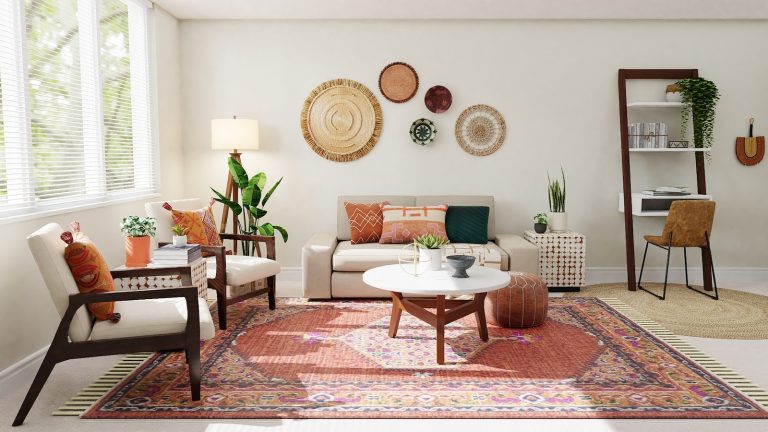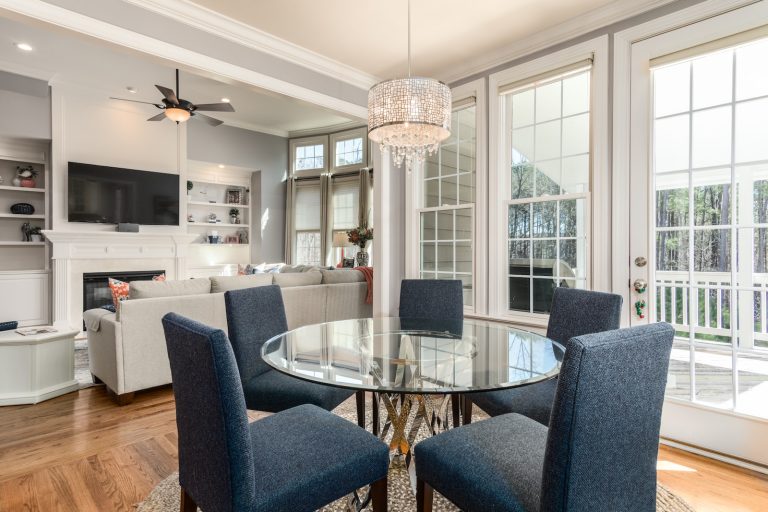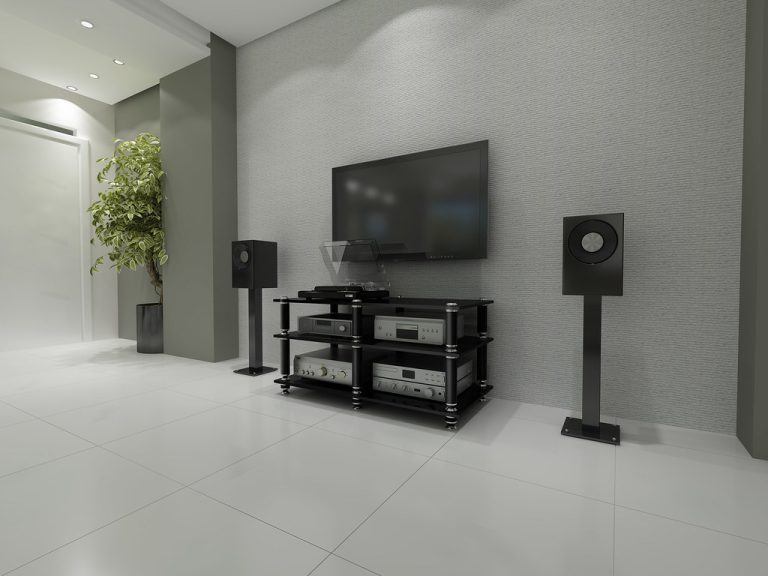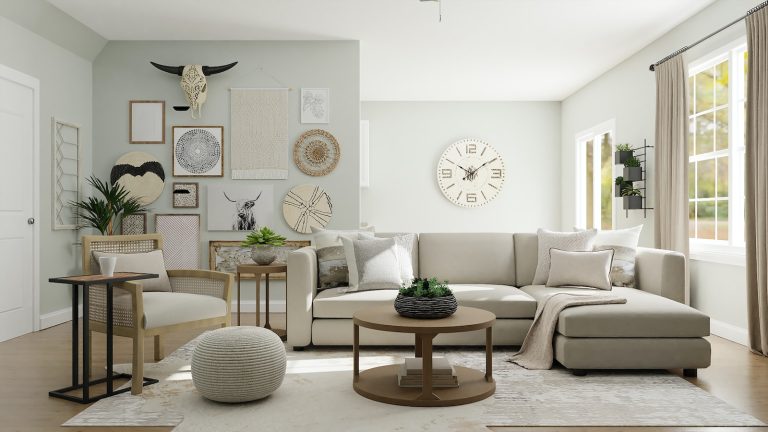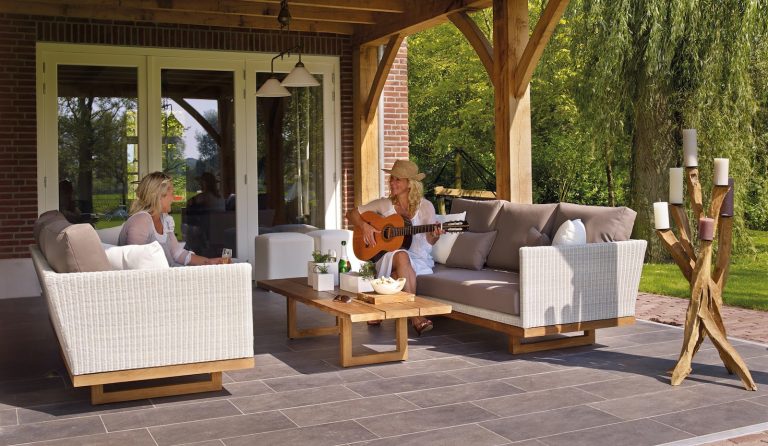How to Design an Outdoor Kitchen
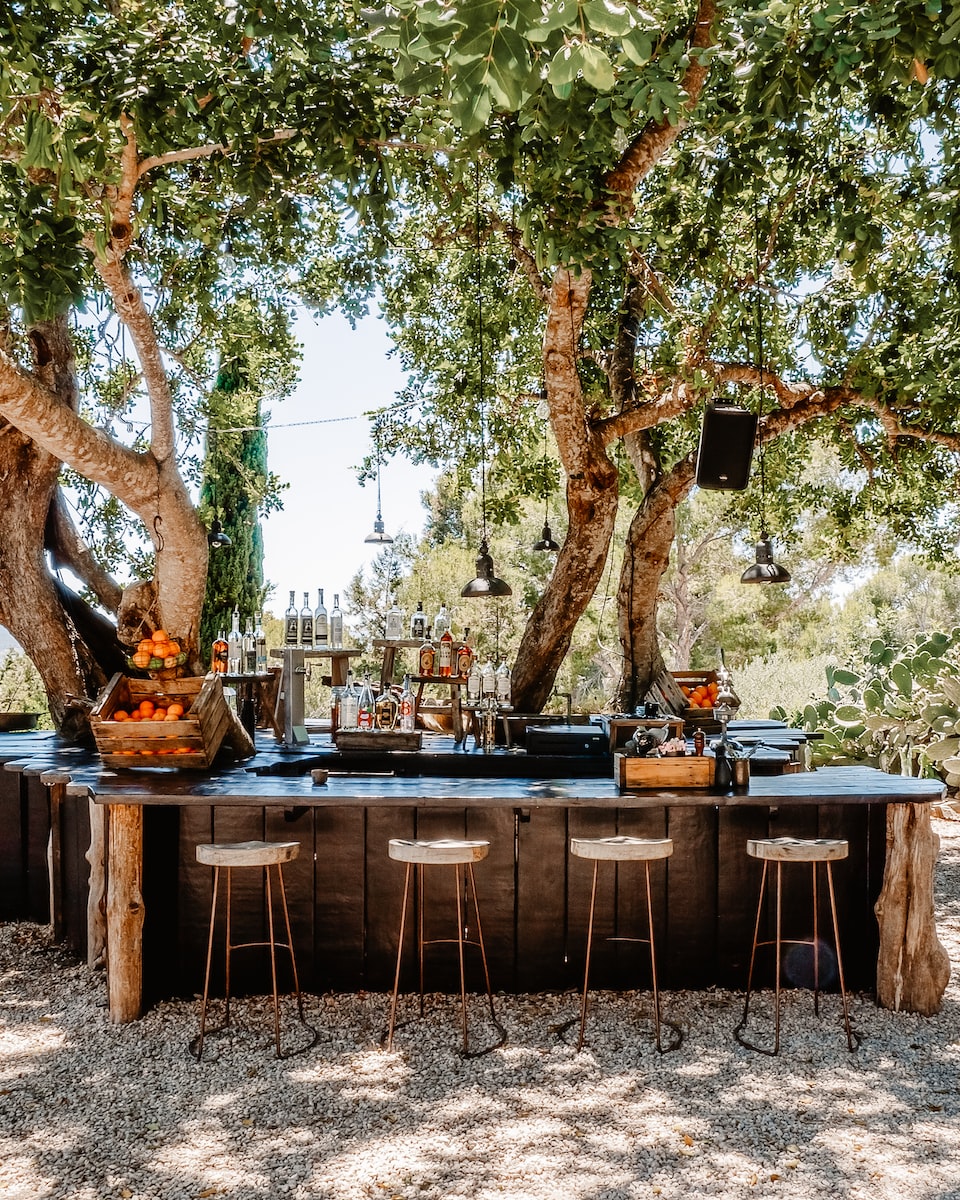
As the weather starts to warm up, there’s no better time to start planning your dream outdoor kitchen!
Entertaining guests and enjoying meals al fresco is a wonderful way to add some flavor and fun to your summer gatherings.
Designing an outdoor kitchen comes with its own set of unique challenges, but with careful planning and attention to detail, you can create a functional and beautiful space that blends seamlessly with nature.
In this post, we’ll take a look at everything you need to know about designing an outdoor kitchen that will make your backyard the go-to spot for cooking, relaxing, and entertaining.
Advantages of Having an Outdoor Kitchen
There are many advantages of having an outdoor kitchen. One advantage is that it allows you to enjoy the fresh air and outdoors while cooking.
This can be a great way to entertain guests or simply relax with family. Additionally, outdoor kitchens can often save you money on your energy bills by allowing you to cook outside during warmer months.
Another key advantage of an outdoor kitchen is that it increases the value of your home. If you ever decide to sell, potential buyers will be impressed by the fact that you have a fully functional outdoor kitchen; this could lead to a bidding war and a higher final selling price.
Finally, an outdoor kitchen is a great way to show off your culinary skills to friends and neighbors!
Factors to Consider when Designing an Outdoor Kitchen
When designing an outdoor kitchen, there are a few factors to consider in order to create a space that is both functional and stylish.
First, consider the layout of the space and how you will use the various areas. Then, select durable materials that can withstand the elements and choose appliances that will make entertaining a breeze.
Finally, add some personal touches to make the space your own. With these tips in mind, you will be well on your way to designing an outdoor kitchen that is sure to be the envy of all your friends and family.
Materials for your Kitchen
When designing your outdoor kitchen, one of the first questions you’ll need to ask is what materials you want to use.
There are many different options available, and each has its own pros and cons. Here’s a quick overview of some of the most popular materials used in outdoor kitchens:
- Concrete: Concrete is a durable and versatile material that can be used for both countertops and flooring. It’s easy to clean and maintain, but can be susceptible to staining.
- Brick: Brick is another popular choice for outdoor kitchens. It’s classic look adds charm and character to any space. However, it can be difficult to clean and maintain.
- Stone: Stone is a luxurious option that adds elegance to any kitchen. It’s also very durable and easy to maintain. However, it can be expensive and is susceptible to staining.
- Stainless steel: Stainless steel is a popular choice for countertops because it’s easy to clean and maintain. However, it can show fingerprints and smudges easily.
- Tile: Tile is a versatile material that can be used for both countertops and flooring. It comes in a wide variety of colors and styles, making it easy to create a unique look for your kitchen. However, tile can be difficult to keep clean if not sealed properly.
Steps to Create your Outdoor Kitchen
Assuming you have a general idea of the layout and size of your outdoor kitchen, these are the key steps for putting it all together:
- Choose Your Location: The location of your outdoor kitchen is critical. It should be close enough to your indoor kitchen to make meal prep and serving easy, but far enough away from your house that smoke and cooking smells don’t waft indoors. If possible, locate your outdoor kitchen near a gas line so you can install a built-in grill or cooktop.
- Select Your Appliances: Once you know where your outdoor kitchen will be located, it’s time to start thinking about which appliances you want to include. Will you need a sink? A fridge? A pizza oven? Make a list of must-have appliances as well as any bonus features you’d like to include, then start shopping around for the perfect pieces.
- Create a Focal Point: Just like in an indoor kitchen, your outdoor kitchen should have a focal point – typically the grill or cooktop. Build elements such as countertops, storage cabinets, and shelves around this centerpiece to create an efficient work triangle that will make meal prep easier than ever.
- Incorporate Seating: Don’t forget to incorporate seating into your outdoor kitchen design! Whether you opt for a picnic table, built-in benches, or comfortable chairs, make sure there’s plenty of space
Accessories for Your Kitchen
Your outdoor kitchen is not complete without the right accessories. Here are some must-haves for your new space:
- A sink: This is a necessity for any kitchen, indoor or outdoor. Choose a durable material that can withstand the elements, like stainless steel or cast iron.
- A grill: No outdoor kitchen is complete without a grill! Choose one that will suit your cooking needs and lifestyle. Gas grills are convenient, but charcoal grills add more flavor to your food.
- A fridge: If you entertain often or just want to keep your drinks cold, an outdoor fridge is a great addition to your kitchen. Again, choose a durable material that can withstand the elements.
- Storage: You’ll need somewhere to store all of your outdoor kitchen supplies, like utensils, dishes, and food. Built-in cabinets or an outdoor storage shed are both great options.
Lighting and Ventilation Considerations
There are a few things to consider when it comes to lighting and ventilation for your outdoor kitchen.
Firstly, you will need to decided whether you want natural or artificial lighting. Natural lighting is always best if possible, but sometimes it is not possible to get enough light from the sun.
In this case, you will need to use artificial light sources such as LED lights. Secondly, you need to make sure that your outdoor kitchen is well ventilated.
This is important for two reasons. Firstly, it will stop any cooking smells from coming into your home. Secondly, it will stop the build-up of smoke and fumes from the BBQ or grill.
Maintenance Tips for Your Outdoor Kitchen
Outdoor kitchens are a great way to entertain guests and spend time with family, but they require a bit more maintenance than indoor kitchens. Here are some tips to help you keep your outdoor kitchen in top shape:
- Cleaning – Just like your indoor kitchen, your outdoor kitchen needs to be kept clean. Wipe down countertops and surfaces after each use, and make sure to empty the garbage can regularly. Sweep or hose off the floor as needed.
- Appliances – Take care of your outdoor kitchen appliances just like you would indoors. Keep them clean and free of debris, and make sure to properly maintain any gas grills or other fuel-burning appliances.
- Storage – Make sure all food and beverages are stored properly in order to avoid attracting pests or contamination. Keep wrapped foods in airtight containers and stored in a cool, dry place. Store uncovered foods in the fridge or cooler until ready to eat.
- Weatherproofing – Check seals and caulking around doors and windows periodically to ensure they are still intact and keeping the elements out. Add weatherstripping or storm doors/windows if necessary. Bring cushions inside or cover them when not in use to prolong their life span.
Conclusion
Designing an outdoor kitchen can be a tricky task, but with the right planning and execution it can really pay off.
With the help of our tips, you should now have all the information necessary to make your dream backyard kitchen come true.
From selecting materials and finishes to ensuring that you choose appliances that best suit your needs, keeping these ideas in mind will ensure success when designing your perfect outdoor kitchen.
So get started today, and in no time at all you’ll be grilling up amazing meals for family and friends!

Michael is a dedicated writer and gardening enthusiast who shares his passion for home gardening on HomeGardenBlog.com. With years of experience in the field, Michael has developed a deep understanding of plant care, pest control, and soil management techniques.

